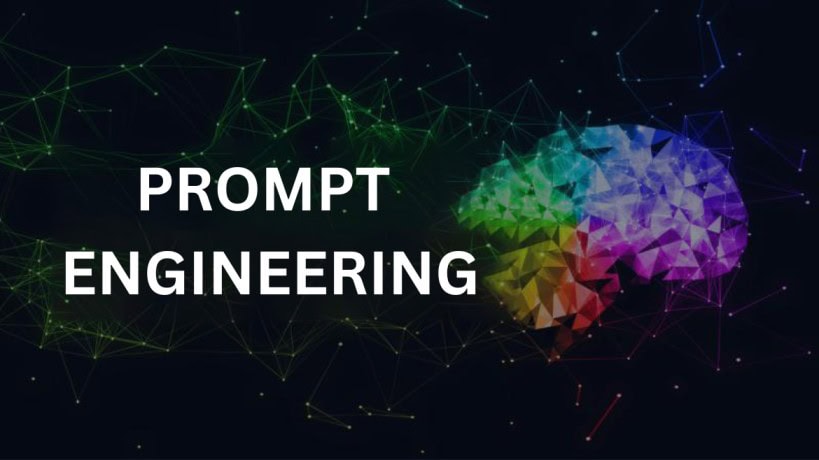Mechanical engineers are in high demand nowadays. By 2030, there will be a 7% growth in the field. In India, there are typically 20,200 hires made annually. After mechanical engineering, one can pursue a wide range of careers. The Prospects for Timely Engineering. Prompt engineering is positioned to be crucial in determining how human-AI interactions will develop in the near future, as we approach an AI-driven world. The field has a lot of promise and room to expand, even if it is still relatively new.
Importance of Prompt Engineering
Ensuring AI models generate precise and pertinent results is achieved through prompt engineering. To ensure efficient human-AI communication, it is an art to create prompts that effectively direct the behavior of the model. Organizations may optimize client experiences, optimize workflows, and increase the accuracy of data-driven choices by developing efficient prompts. In a digital landscape that is changing quickly, prompt engineering gives firms the ability to efficiently use AI tools and systems, keeping them competitive
What makes Prompt Engineering important to learn?
AI-generated text prompts can be created, developed, and improved for a range of applications. Collaborate with content producers, data scientists, and product teams to ensure that content is promptly in line with user needs and corporate goals. The capacity to apply generative AI effectively is improved by prompt engineering. In actuality, generative AI can help most content makers come up with original ideas for content. Artificial intelligence (AI) can also be used to produce audience-resonant material by developing and improving prompts.
Career Growth in Prompt Engineering?
The fastest-growing profession in India is prompt engineering. Quick engineering abilities are now expected, thanks to the advancement of technology. Were you aware that the quick engineering market is expected to develop at a compound annual growth rate (CAGR) of 32.8% between 2024 and 2030? A degree in a suitable engineering or computer science discipline is beneficial, but it’s not the only path. By completing certification programs, working on real-world projects, and engaging in continual learning, you can become a prompt engineer without a degree.
CURRICULUM
Introduction to Prompt Engineering
- The meaning and significance of prompt engineering
- Using artificial intelligence and natural language processing
- An overview of the language models (BERT and GT)
- Important ideas: completions, tokens, and prompts
- Bias mitigation and ethical issues
Designing Effective Prompts
- Guidelines for creating brief and unambiguous prompts
- Methods to direct model answers
- Typical traps and strategies for avoiding them
- Illustrations of successful and ineffective prompts
- Testing and improving prompts iteratively
Advanced Prompt Engineering Techniques
- Prompts with context and those generated dynamically
- When performing particular activities (such as translation or summarization), use prompts.
- Maximizing scalability by utilizing prompt templates
- By using meta-prompts and prompt chaining
- Prompt design can take user feedback into account.
Applications and Case Studies
- Real-world applications across a range of sectors, such as education and customer service
- Case studies demonstrating timely engineering effectiveness
- Analysis of prompt strategies in comparison
- Interactive tasks and activities
- Prompt engineering's future developments and trends






